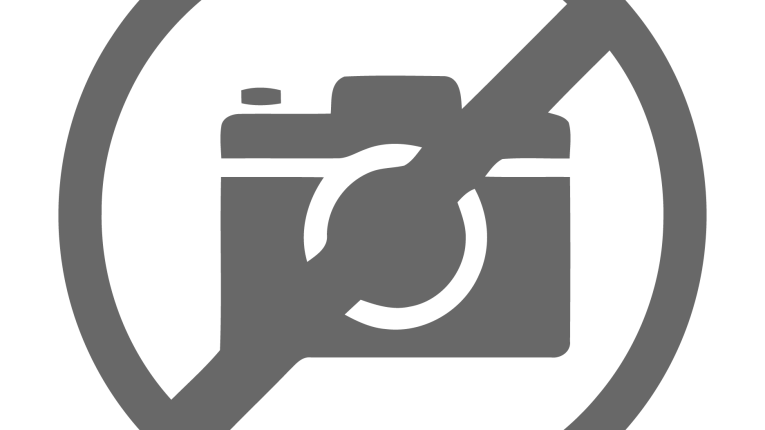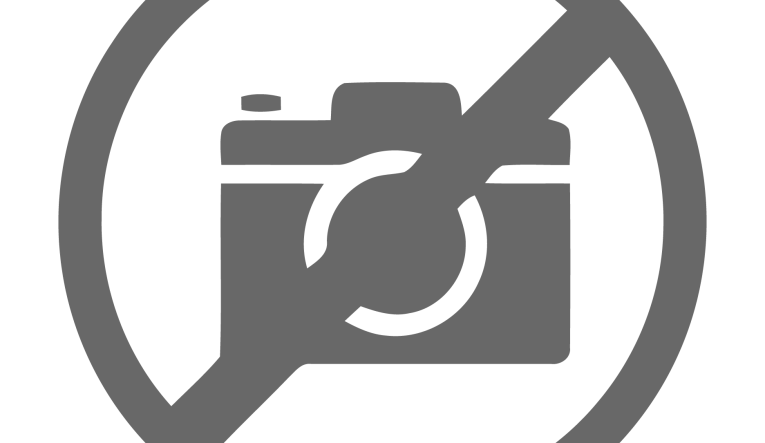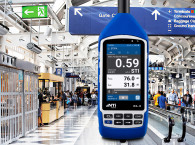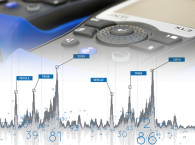
As a leading manufacturer of test and measurement solutions for acoustics, audio and vibration applications, NTi Audio offers a complete range of live sound compliance solutions that have been long adopted by rental houses and audio professionals working in the entertainment industries. During events, the sound engineer must, on behalf of the organizer, comply with the legal limits for sound levels in terms of hearing protection and neighborhood noise. And in the event of a complaint, the organizer must be able to provide a complete measurement report for the event.
But the low-frequency content of popular music has increased significantly in recent decades. In fact one of NTi Audio’s customers, Meyer Sound, made an early name for themselves in 1979 designing a subwoofer for special screenings of Francis Ford Coppola’s “Apocalypse Now”. 43 years on and subwoofers are much more prevalent with artists now innovating in the low frequencies that technology has made readily available.
Although popular music changes, the physics of sound doesn’t. Low frequency sound “travels better” than mid and high frequencies. That’s the fundamental reason foghorns, designed to warn ships at sea, produce low frequency. Also, barriers like building façades and internal walls are very poor at blocking low frequencies. A common example is a neighbor who enjoys playing loud music, it is always the low frequencies that dominate.

Thankfully, measurement technology has largely caught up with playback technology and where licensing conditions and limits primarily used A-weighted noise levels, frequency limits based on the 63Hz and 125 Hz octaves are now also commonly used. This was largely as a result of past events where, while the dB(A) levels for the concert were often compliant with the agreed limits, the low frequency content may have been clearly noticeable at a nearby property and may even have caused significant disturbance to the residents.

NoiseScout system monitoring a concert
Presenting live noise levels to the sound engineer during an event is exactly what Nti Audio's NoiseScout offers, allowing them to maximize the audio experience for the audience while ensuring compliance with the stipulated noise limits.
NoiseScout is a web-based noise monitoring system offering measurement information on a dedicated web-page. The noise levels are presented in a simple graphical form showing levels against time which can be viewed live at the sound desk or at other locations around the site on a Smartphone, PC or tablet PC using the device’s standard web browser.
A wide selection of noise indices are available to view simultaneously and also to set as trigger levels for amber and red alert notifications which are used to automatically notify interested parties by email of increasing site noise levels or breaches of noise limits. The noise levels available to display or to trigger alerts over a variety of time periods are summarised below;

The LAeq & LAFmax parameters are also displayed and logged every 1 second in order to help characterize the variation in levels. This functionality can be used to help quantify noise from fireworks or other pyrotechnics which may need to be excluded from the Music Noise Level (MNL) in the compliance report.
Audio recordings are triggered when the levels of either the amber or red alert level thresholds are exceeded and these can be useful to help distinguish site noise from extraneous off-site noise not related to the music-based noise limits.
Finally, the data required for the post-event compliance report can be downloaded directly from NoiseScout and used in the Data Explorer PC reporting software to illustrate compliance of both the broadband levels and the low frequency octave band components at 63Hz and 125Hz.
The management of both the broadband and the low frequency components of sound at a concert venue for compliance with the noise limits is becoming an ever-increasing requirement. NoiseScout now offers an invaluable facility for on-going noise management during the event and in providing measurement data for compliance reporting. Minimizing noise issues helps ensure re-bookings for the venue, the promoter and of course, the music lovers.
For further information please visit the ‘Live Sound Test solutions page’ on the NTi Audio website, click here.
www.nti-audio.com







